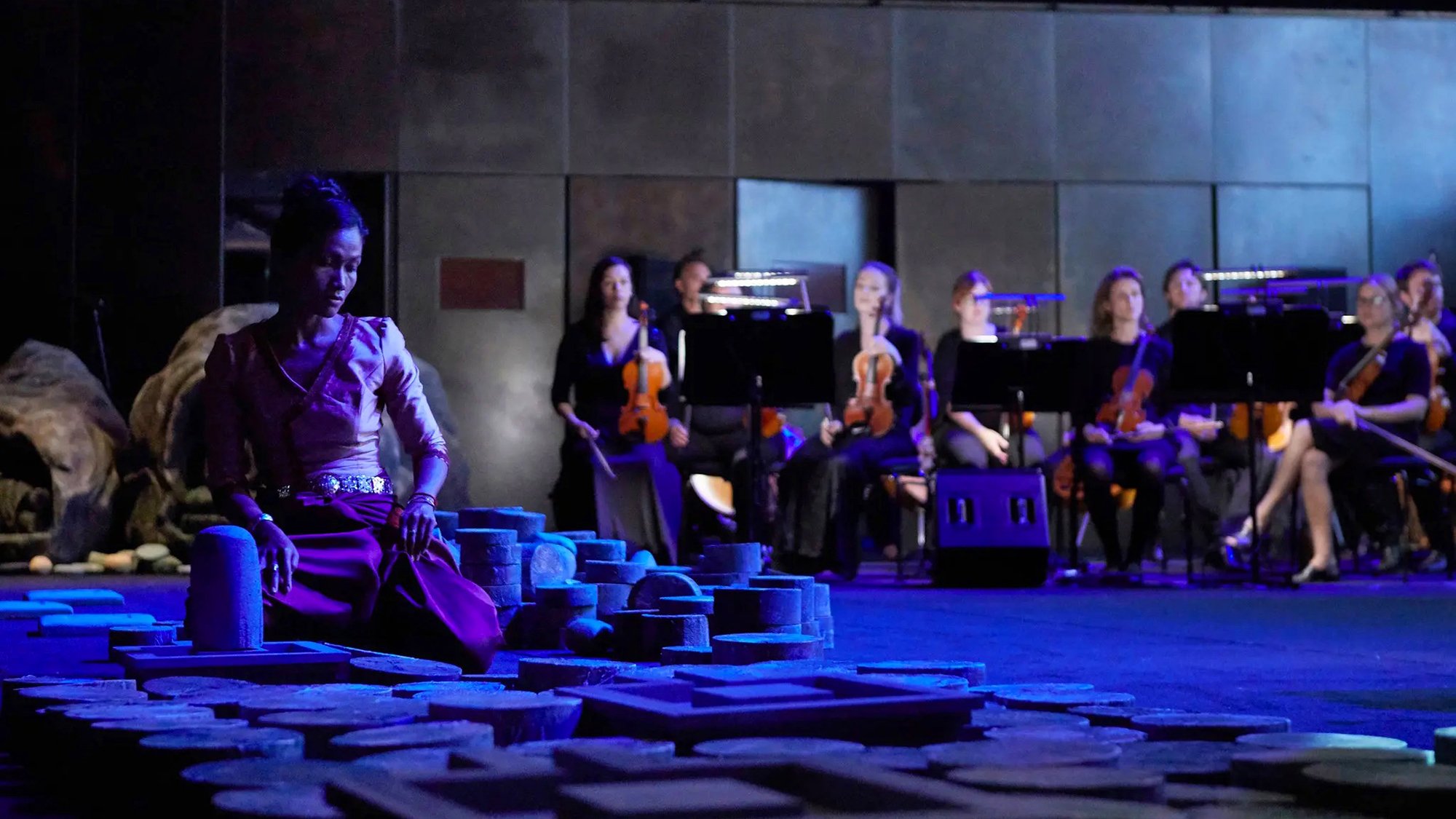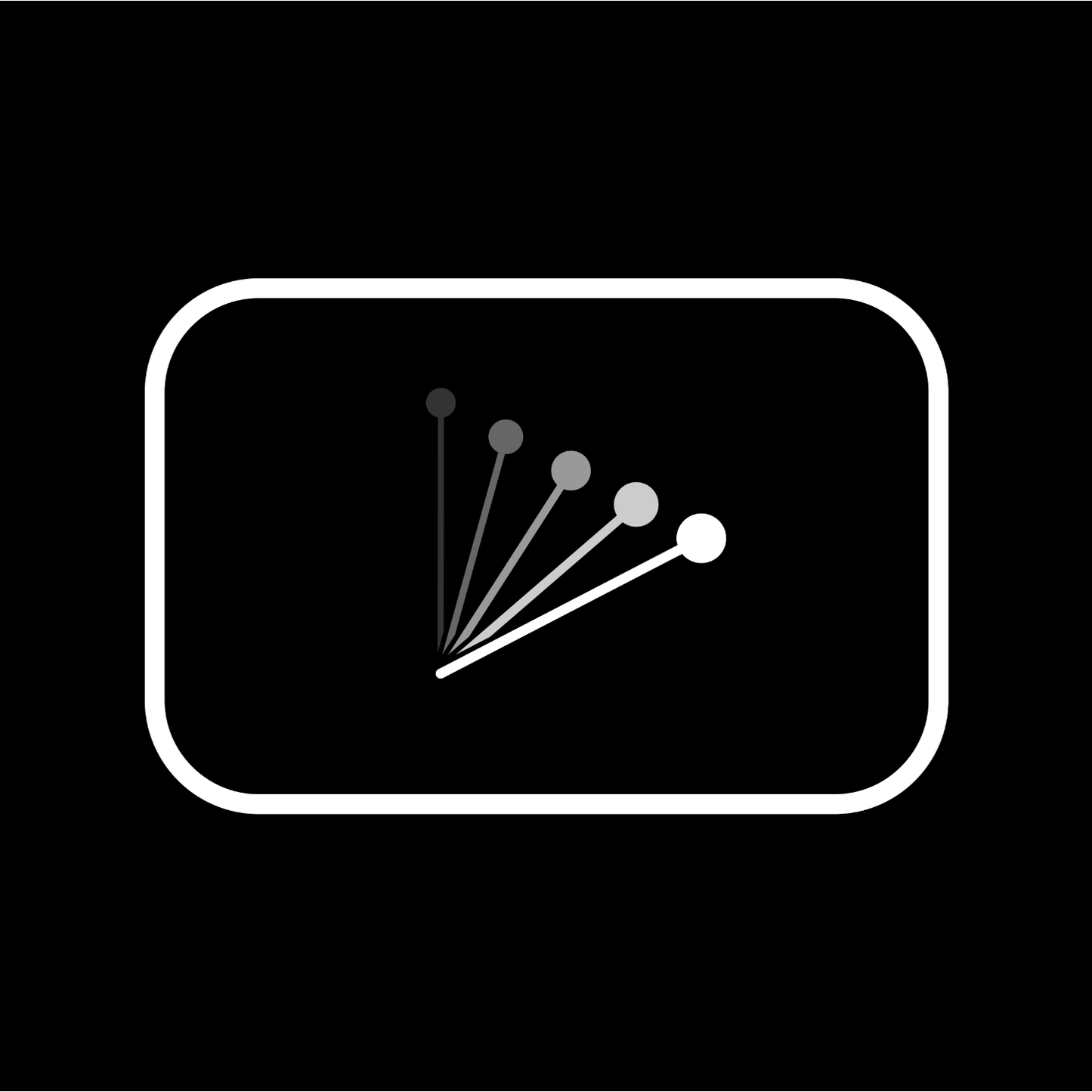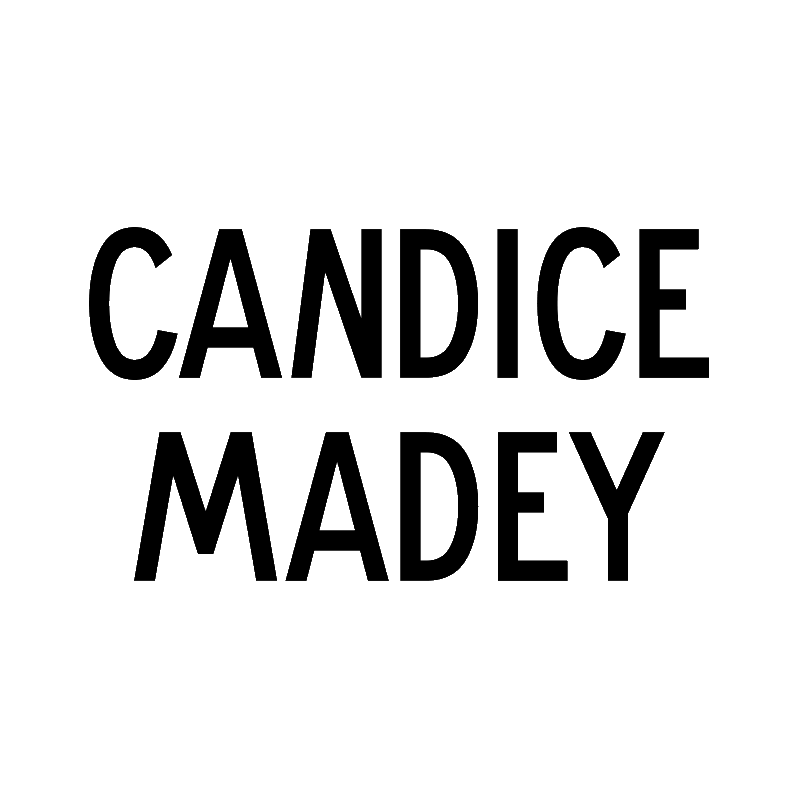Loud and Soft
Produced by Metropolis Ensemble with Molly Joyce, Andrew Cyr, and Sandbox Percussion, filmed by Continuous Motion Productions, mixed by Mike Tierney.
Composer Molly Joyce and Sandbox Percussion explore the transitions from non-pitched to pitched instruments in this new work for percussion quartet. This interactive web presentation includes sound descriptions by Stefan Sunandan Honisch and Andy Slater, which describe the aural content for artistic and accessibility purposes.Choose one of the below experience options to get started:Loud and Soft: A Side-by-Side Experience
This multimedia presentation combines two audiovisual perspectives inspired by Stefan Sunandan Honisch and Andy Slater's sound descriptions for Molly Joyce's composition, Loud and Soft.Sound Descriptions
Play the individual sounds associated with each text description.Sound Description by Andy Slater
0:00 Moths circling a lantern. Wings close to the light.0:47 The moths spread out as a hallow wooden pulse knocks in from the right.1:06 Their wings flap faster as if startled by each knock of the wood.1:21 A large timid stomp centers itself between the moths.1:34 The stomp returns more insistently. The moths spread out further.1:43 The wood and the moths synchronize their wings and knock with the pounding stomp.1:48 The stomp sits out as the wooden knock grows louder.1:55 Hands clap in between the cycle of flaps and knocks.2:00 The claps take over the rhythm, and the stomp playfully joins them.2:13 They perform a dance. Wings circling the group.2:28 The stomp interrupts and skews the group’s rhythm.2:53 The group rebounds and forgives the stomp.3:17 As the moths circle, the claps paddy-cake. They synchronize, giving the sound of the room its cue to reverberate.3:27 They all tumble down together.3:30 A jumping bean, a small chime, a brittle jangle, and a knock closing in.4:02 The jumping bean momentarily flutters like a moth. Claps, chime, jangle, and knock each vow for control.4:36 The stomp returns, setting a guideline. It is accompanied by waves like washes and a struggling moth.5:05 The wave crashes slightly louder.5:40 The knock speaks its mind.5:43 The stomp rings a bell with every declaration.5:53 The chime answers the bell.6:03 The bell rings harder and higher.6:13 Three rings lower.6:19 High again.6:30 Somber tones resonate, affecting the mood of the group.7:02 The tones are face to face with the bell, matching volume and presence.7:10 The tones step higher and bring the group a brighter mood. They invite the chime and the waves to join them.7:31 The group embraces cheer and unity.7:44 One timidly turns away momentarily.7:54 The bell breaks the step to demand its return.8:09 They sing back and forth to each other. Confidence is restored.8:38 The stomp rests as the singing continues.9:04 As the bell rings a melody, the jumping bean, small knock, and resonant tones respond cordially. Jangle and a moth show their faces briefly.9:28 The melody becomes more deliberate.9:48 As a single circling ball, the group unifies, speaking evenly and permissive of each other.10:12 With their statement made clear, the body bows out. The bean, chime, and moth thank them all.10:16 The bell rings goodbye.Sound Description by Stefan Honisch
0:00 A single, sharp, opening strike, followed by rapid, steady pulses, growing (crescendo) then dying (morendo). This pattern is repeated, and calls to mind the title of the composition: “Loud & Soft.”0:07 The play of loud and soft sounds, and the abrupt force of accented notes allows the piece quickly to project its overall character and qualities: percussive, with insistent, driving rhythms that hint at subjective states including anxiety and defiance. At times, the music eases into a more relaxed, almost dance-like character.0:21 The way the composition is mixed in the demo version of “Loud & Soft” conveys the experience of an interplay between right and left channels. Another way to perceive this interplay is as the sonic representation of a musical duel between two percussionists.0:35 The symmetric distribution of sharp accents establishes larger rhythmic units, organizing the flow of time on several levels.0:42 A new drum sonority easily cuts through the pulsating rhythm underneath, creating the impression of spatial depth. This new percussive layer is organized in intricate motivic groupings of long and short duration.1:08 Outbursts of rapid percussion flourishes break through the otherwise steady pulse established at the outset.2:06 The music gains an increasingly syncopated texture. The underlying rhythmic pulse established by the dramatic opening gestures provides a consistent reference point. At times, this pulse wavers slightly, with inconsistent durations of its constituent units.3:27 The music’s opening flourish returns, this time with a greater sense of emphasis through repetition. A high-pitched bell sound (E natural) introduces the first tonal element into the background of the rhythmic dialogue.3:39 An increased variety of percussion sounds destabilizes the sense of a steady pulse created by the motoric rhythmic gestures that constitute the music’s distinctive idiom.4:01 After the music arrives at a brief point of respite, the feeling of relaxation is interrupted by an ambiguous gesture that signifies both “scrubbing” and “rattling”; different in profile and volume from the sonorities experienced to this point in the composition, this gesture rapidly gives way to a return of the rapid pulse that is an important unifying element in this piece.5:04 The rolling wave of a gong, perceptible at first only as a vibrating undercurrent, acts as a mediating point between the worlds of tone and of rhythm.5:35 The texture becomes increasingly complicated both sonically, and rhythmically, with bell sonorities placed at regular intervals over the rapidly pulsating percussion strokes underneath5:53 The pitched notes return, played by the bells, spanning the following pitches: B flat, G natural, D natural. The richly vibrating overtones obscure the fundamental pitch.7:00 The music increasingly seems to “modulate” to a tonal region centered on D natural and A natural, with both pitches functioning in the role of “tonic” and “dominant,” despite the absence of a distinctly tonal vocabulary.8:33 The sounding of individual fixed pitches is interrupted and destabilized by cluster sonorities, spaced approximately in whole steps.10:00 In the concluding moments of this piece, the notes A natural and B flat are given increasingly prominent roles, as the complex textures spun out in the climactic middle part rapidly disintegrate.10:18 In the closing moments, the music appears to reach a consistent, animated state. However, this sense of arrival is cut short by a single bell-like tone, D natural, which sounds, and is then allowed to decay naturally. The rapid pulse of the piece, a unifying element throughout, decelerates. Sound, rhythm, tone gradually dissolve into a world of silence beyond loud and soft…Loud and Soft: A Walk-Through Experience
This multimedia presentation exhibits a slowly-paced video walkthrough of a performance of Molly Joyce's composition, Loud and Soft, with sound descriptions by Stefan Sunandan Honisch.Loud and Soft: An Up-Close Experience
This multimedia presentation exhibits a slowly-paced video walkthrough of a performance of Molly Joyce's composition, Loud and Soft, with sound descriptions by Andy Slater.About the Project
Notes by Molly Joyce
Loud and Soft is a percussion quartet exploring transitions from non-pitched to pitched instruments and written for Sandbox Percussion. The work starts in timbral unity for the four percussion parts and eventually becomes a diversified texture. I sought to explore the effects of timbral transitions occurring among various instrumental bodies, when it switches, breaks down, and leads to new possibilities.To highlight this process, we commissioned sound descriptions to detail the musical developments and, ultimately, the subjectivity of sound. Sound descriptions depict aural content for accessibility and artistic purposes and are an important aspect of my practice as a disabled artist. I have included them in past artistic works, from dance to video to music, and written by myself and with collegial disabled artists.I find it fascinating how sound descriptions underscore the subjectivity of sound while opening up accessibility practices to audiences that may not be familiar with them. Therefore, I sought to highlight various interpretations of sound available for this work. Instead of only having one sound description, we commissioned disabled musicians Stefan Sunandan Honisch and Andy Slater to write synchronous descriptions that line up with moments in the piece they find important. This approach aligns with the multifaceted timbres and colors of percussion instruments. The descriptions are included in the videos created and on this webpage and ultimately highlight the inherent subjectivity of sound.Meet the Artists
Photo Gallery
These are still-image selections taken from all three videos from Molly Joyce's composition, Loud and Soft.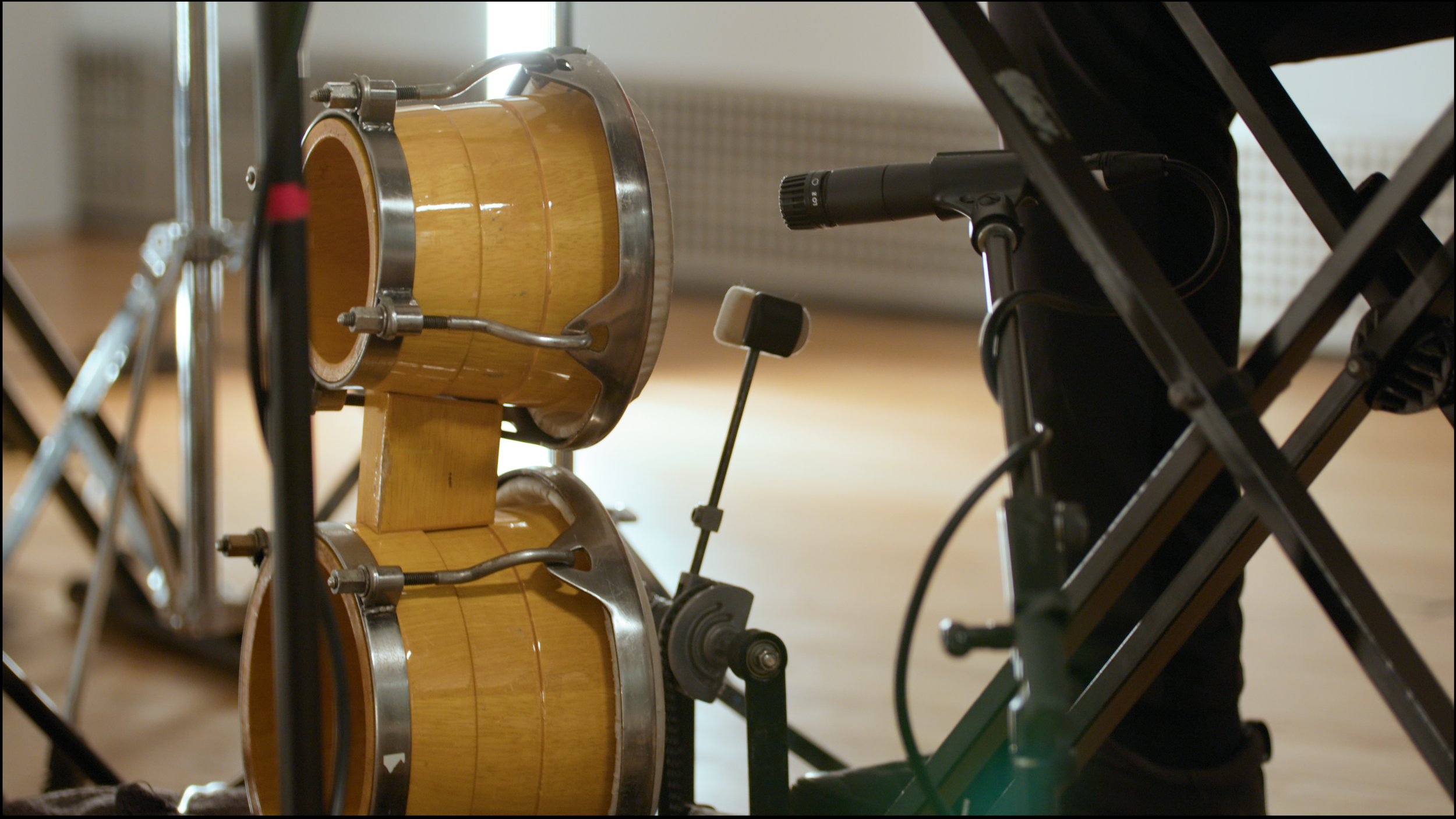
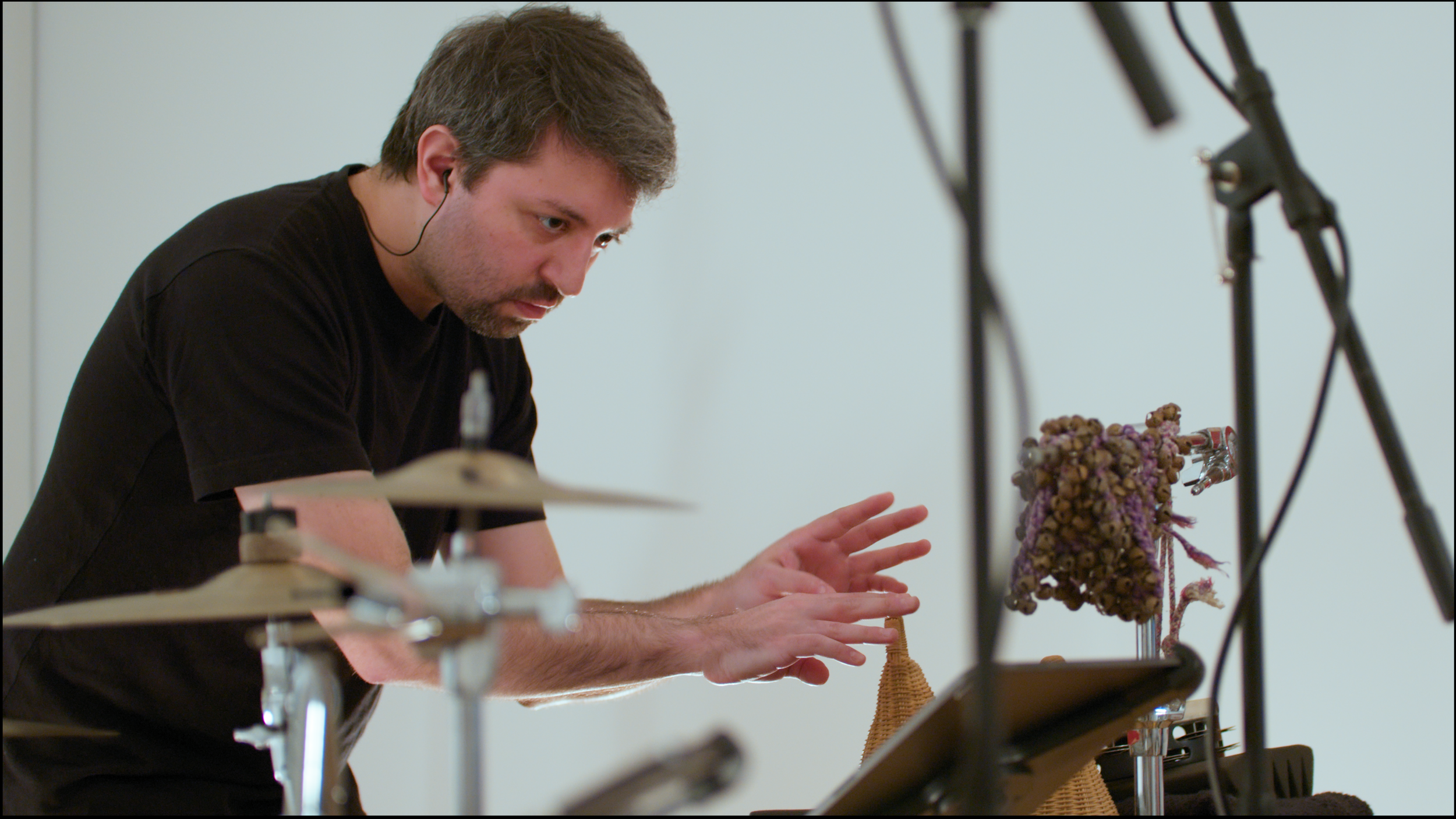
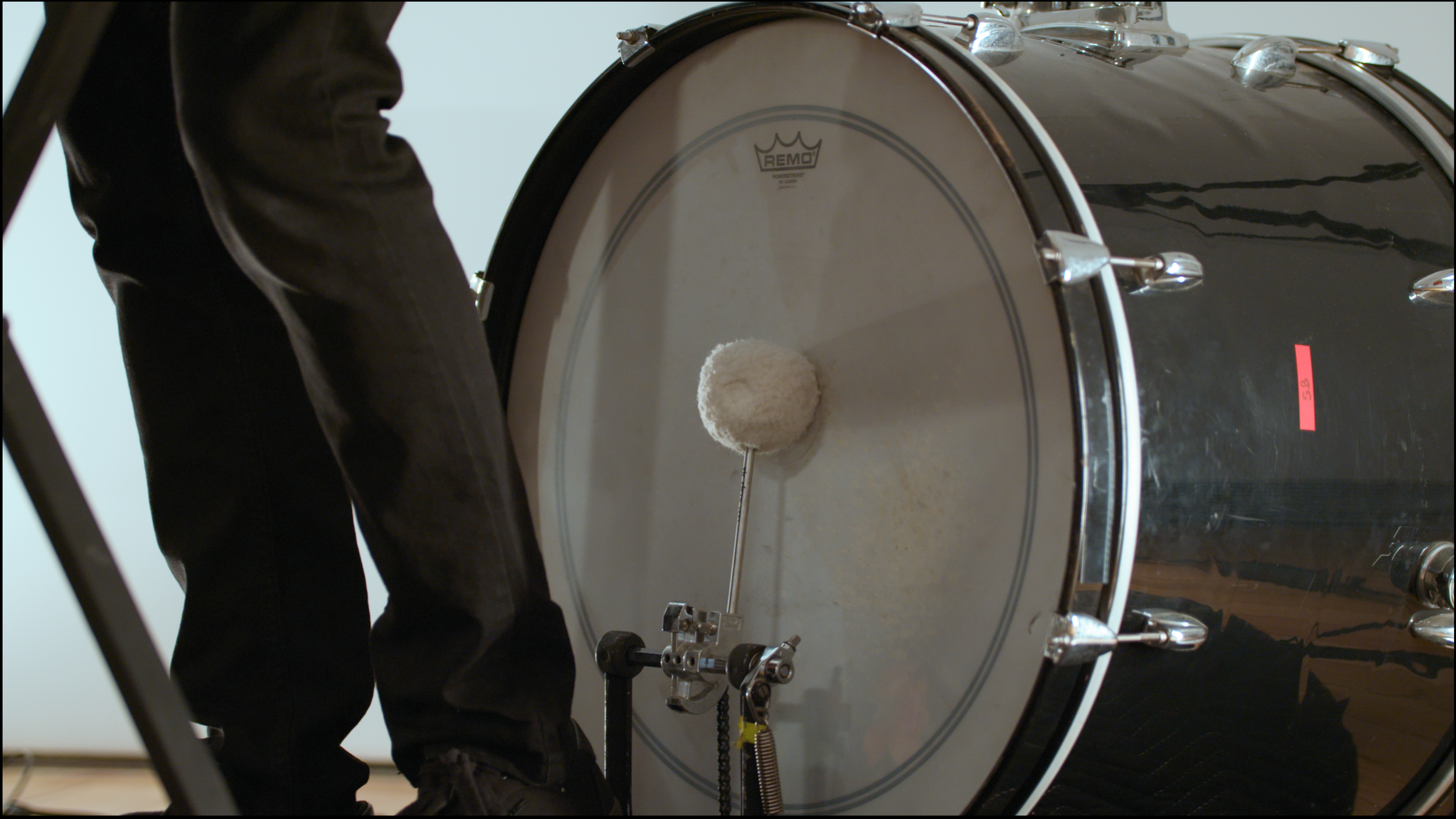
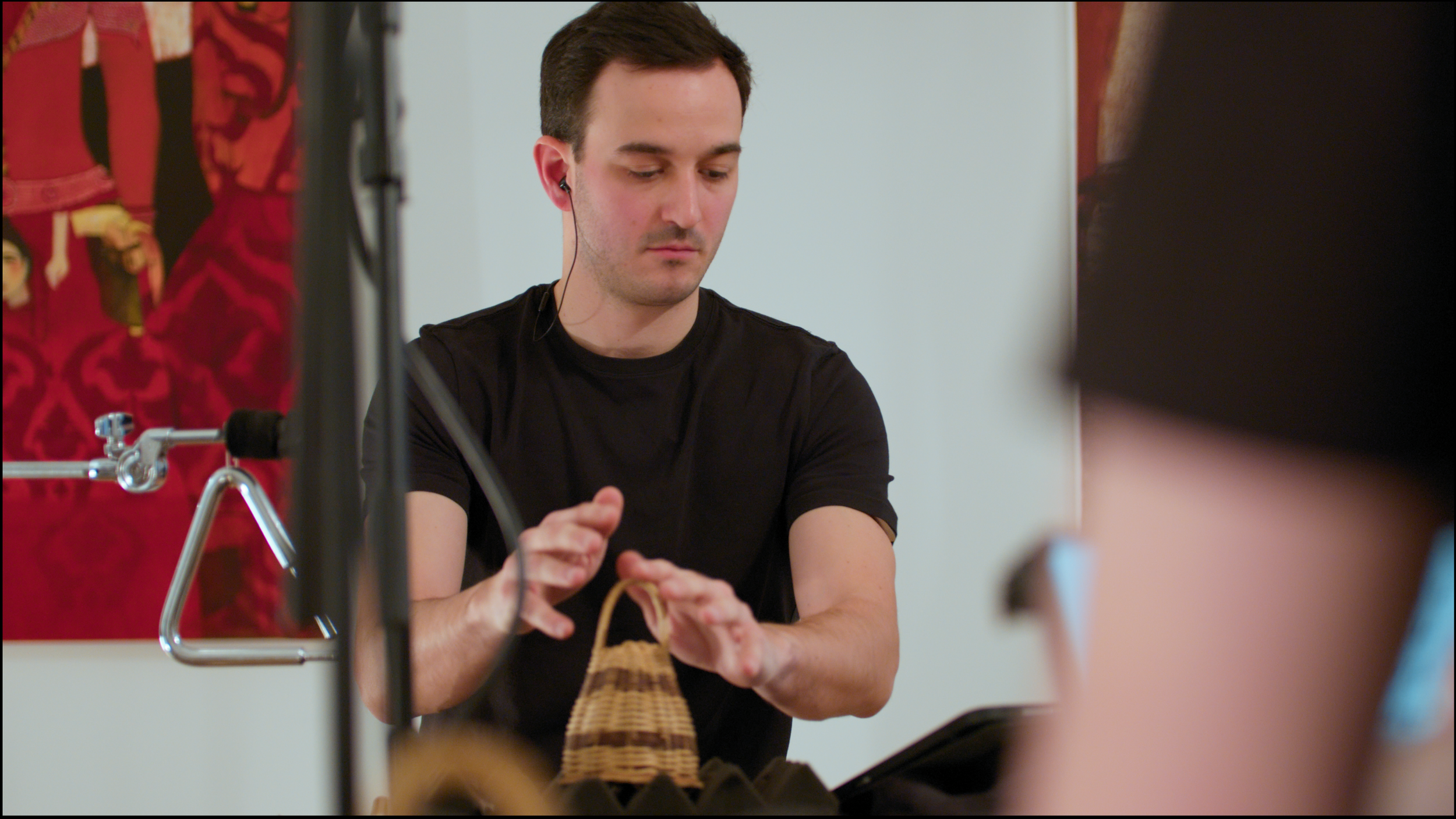
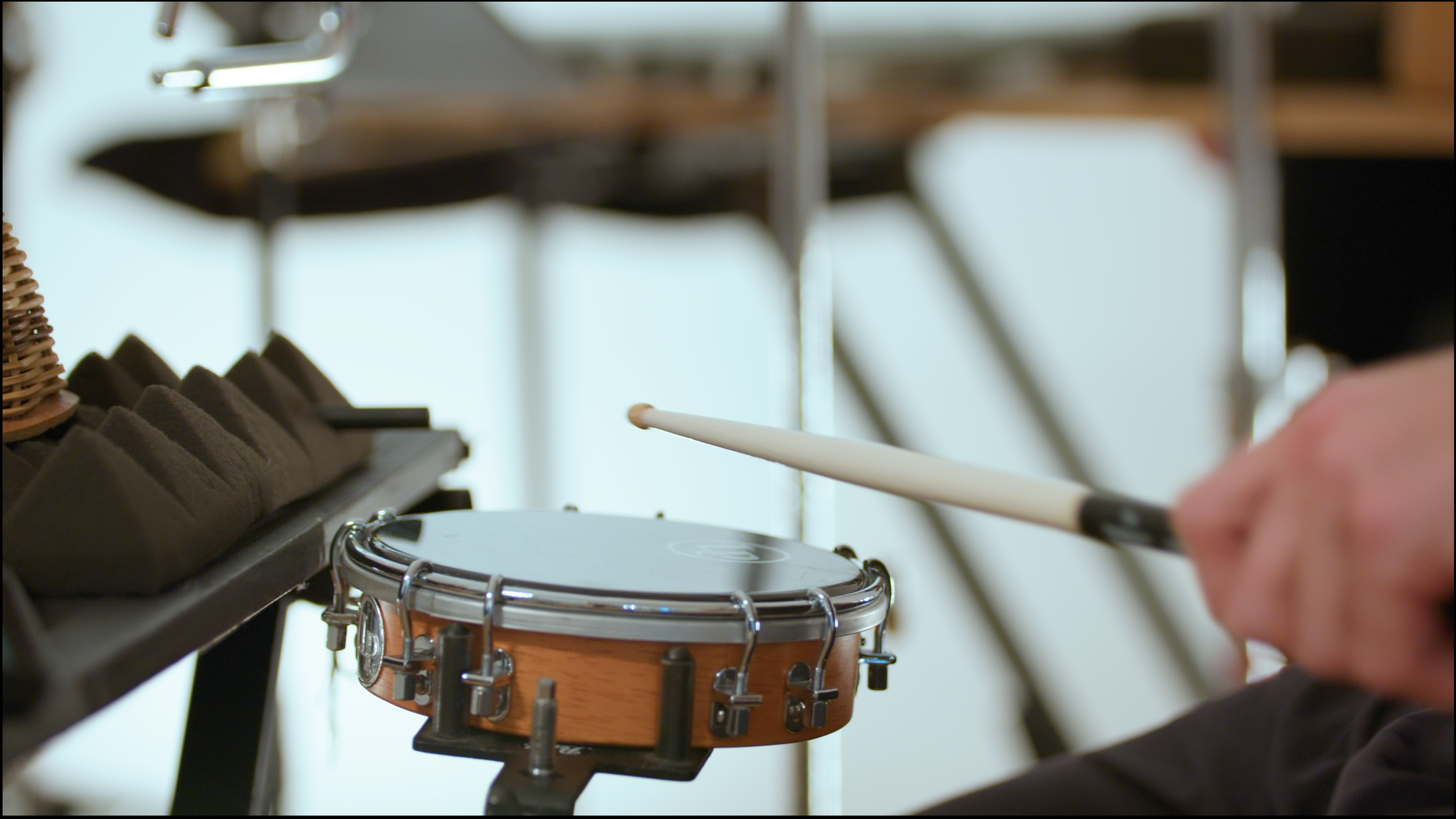
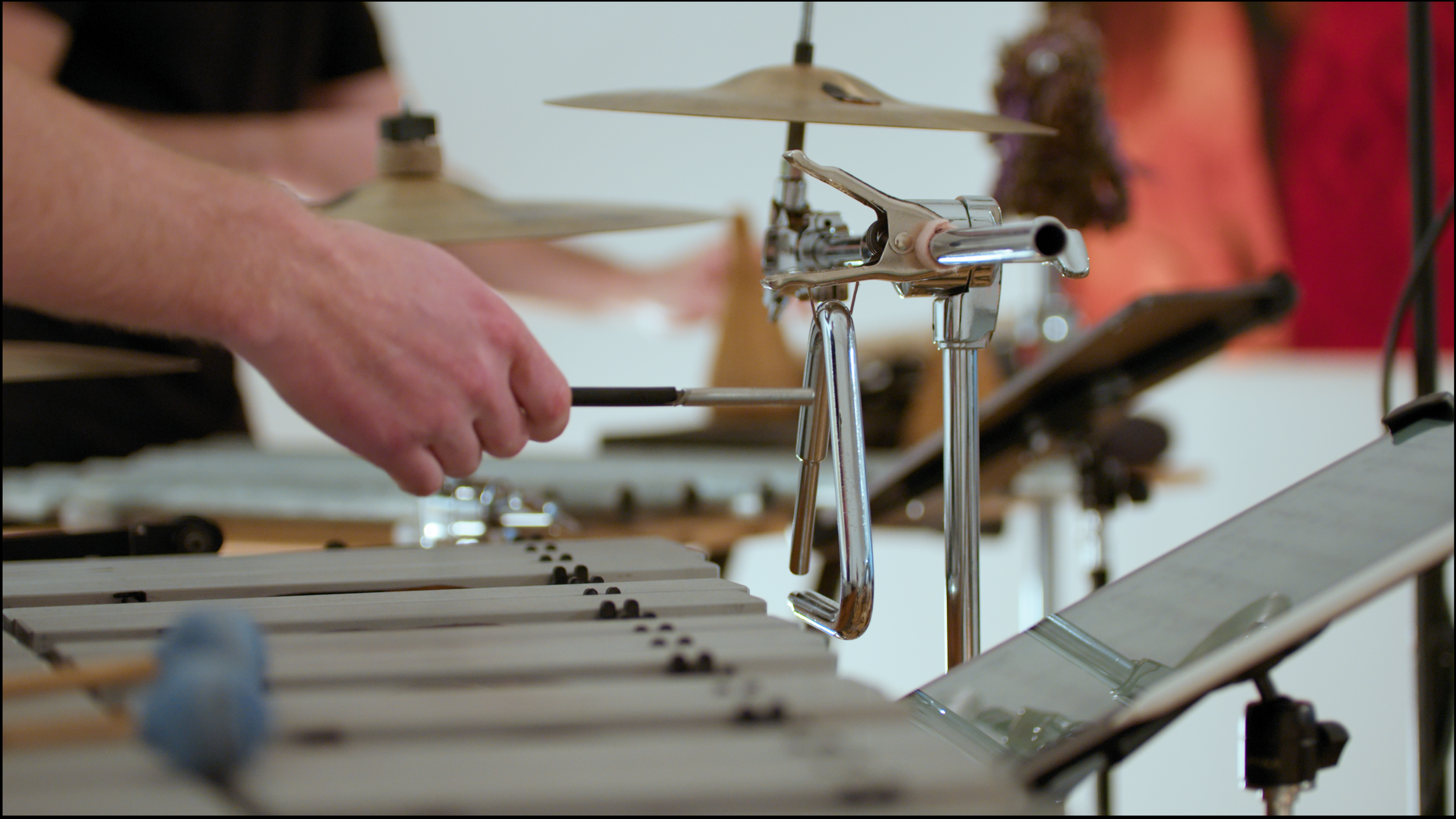
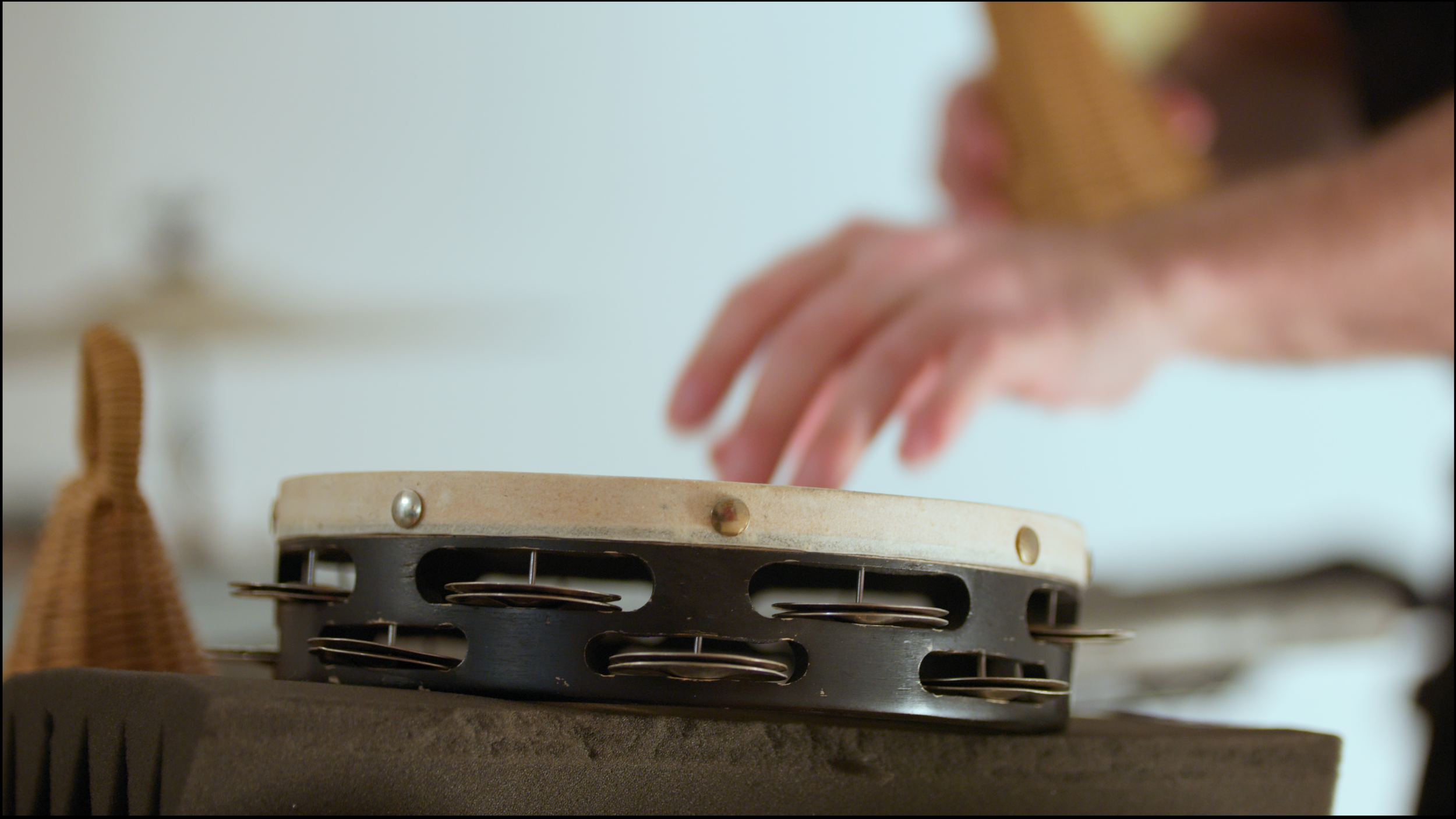
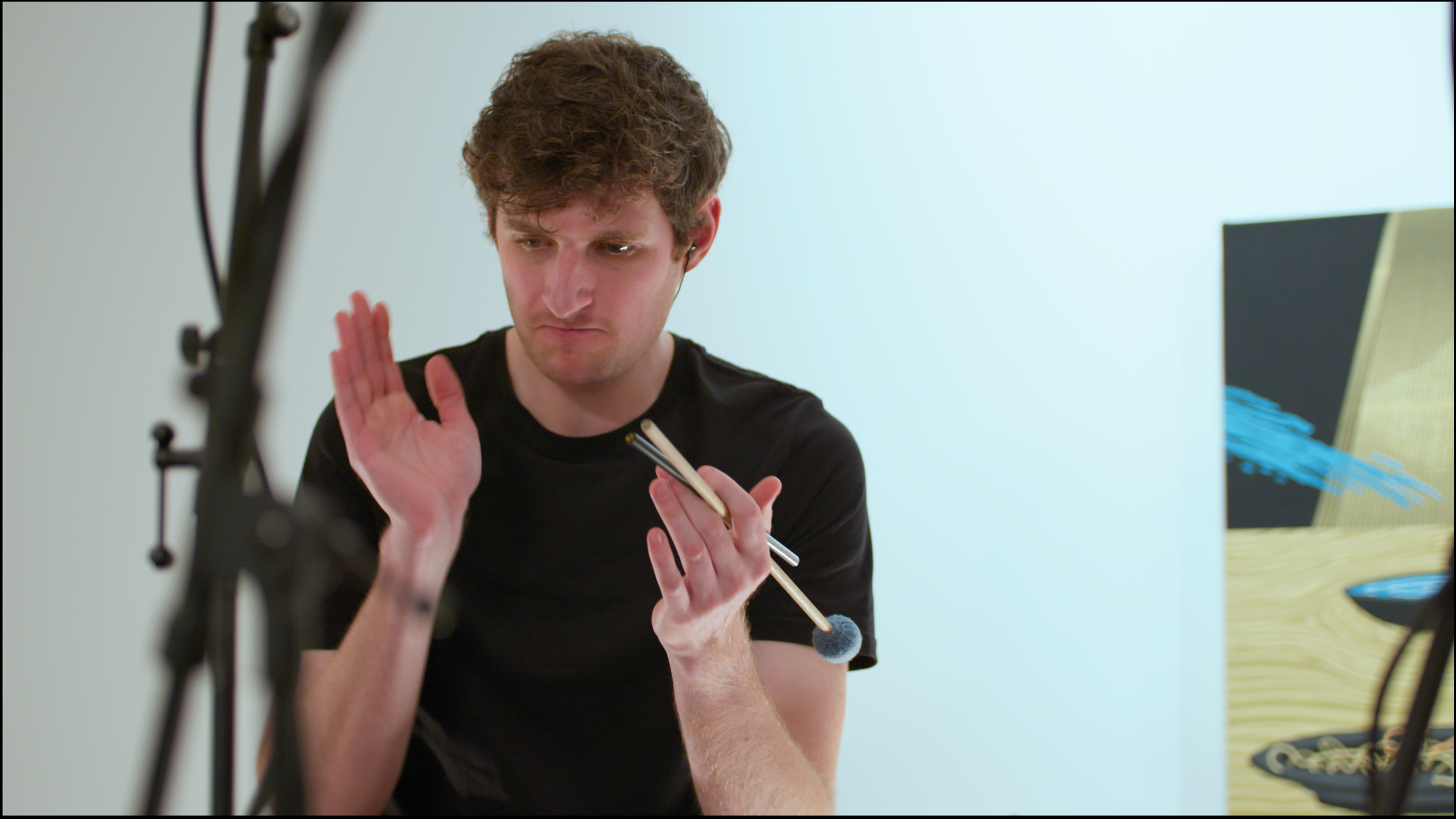
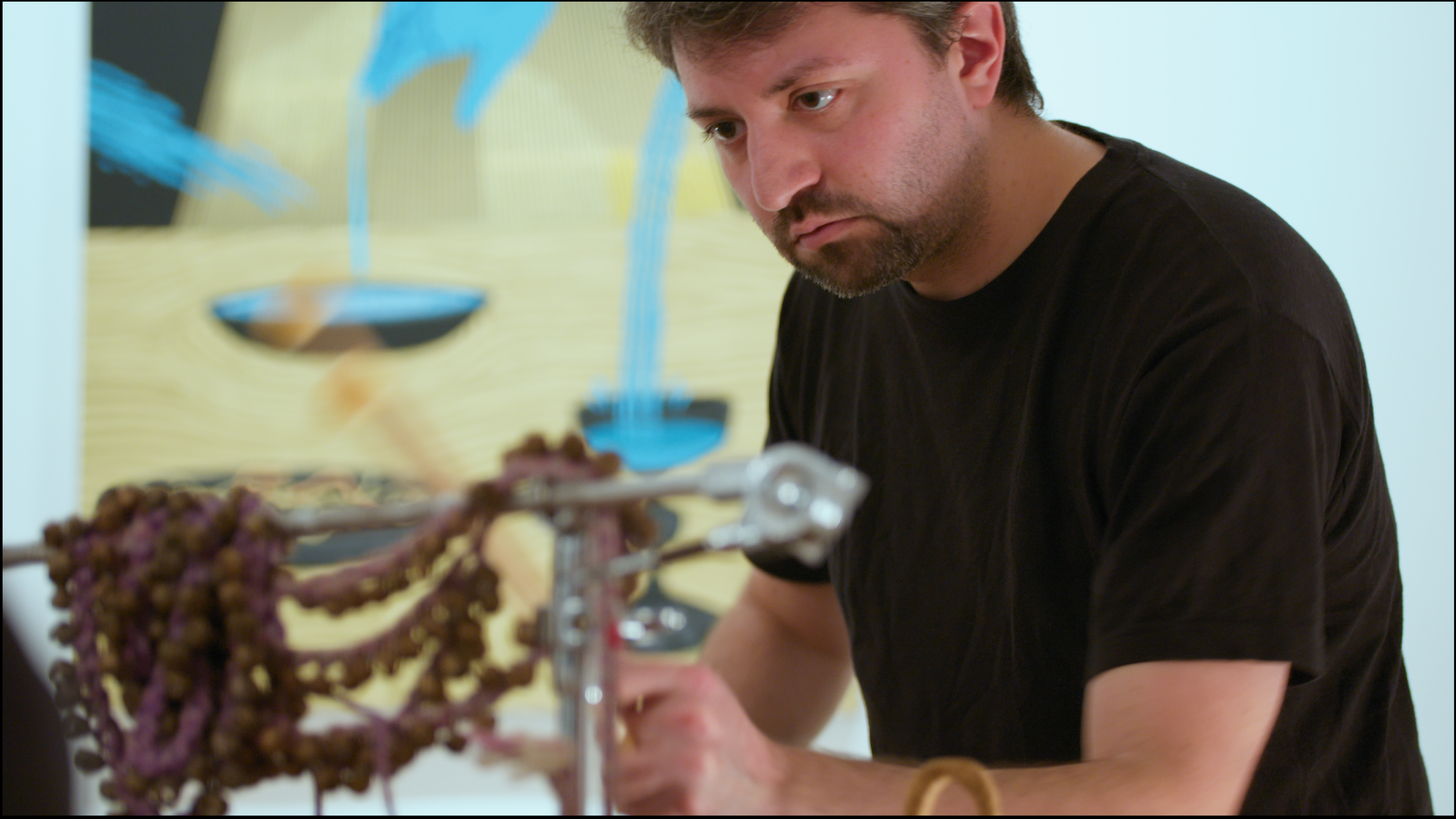
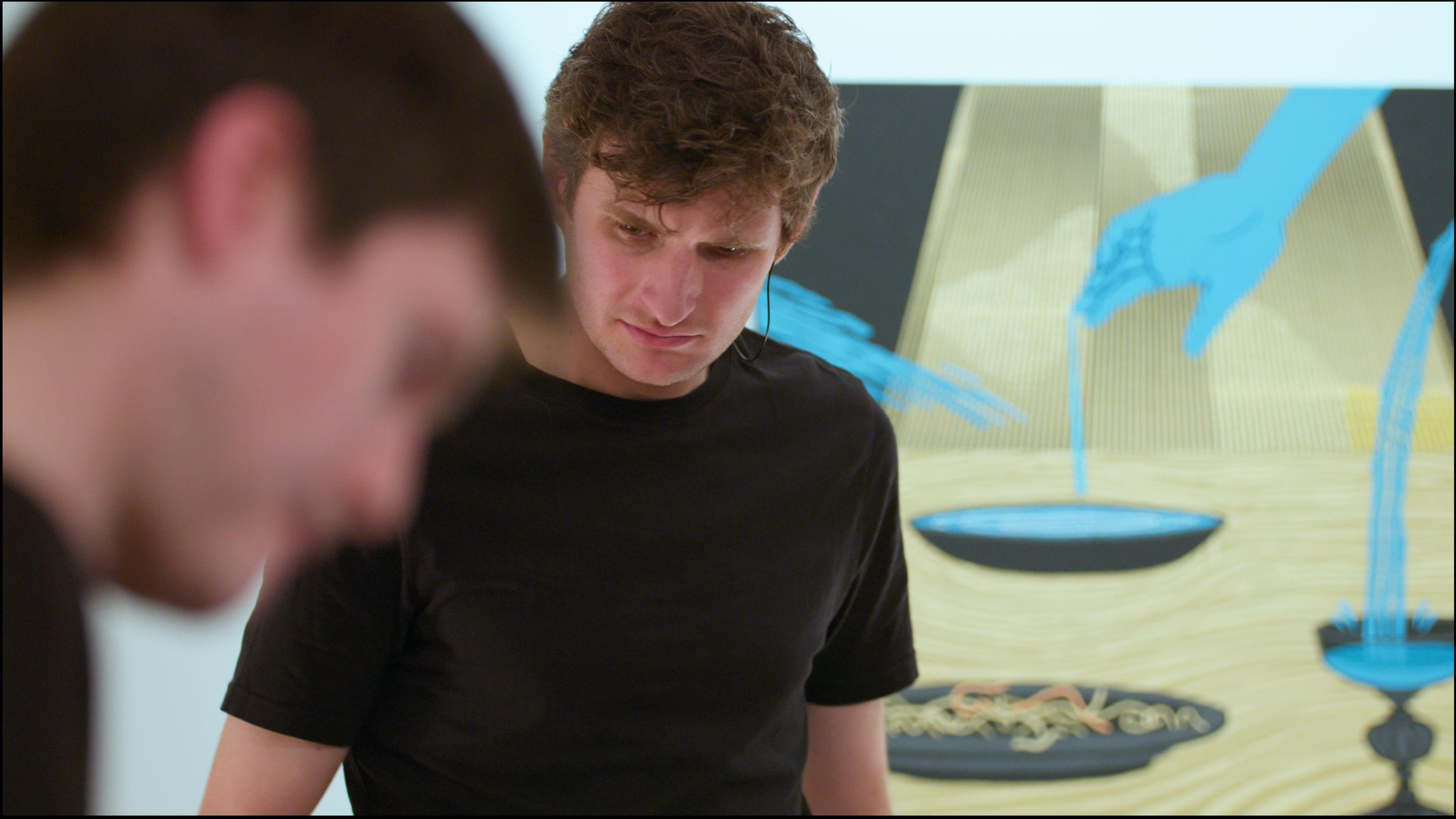
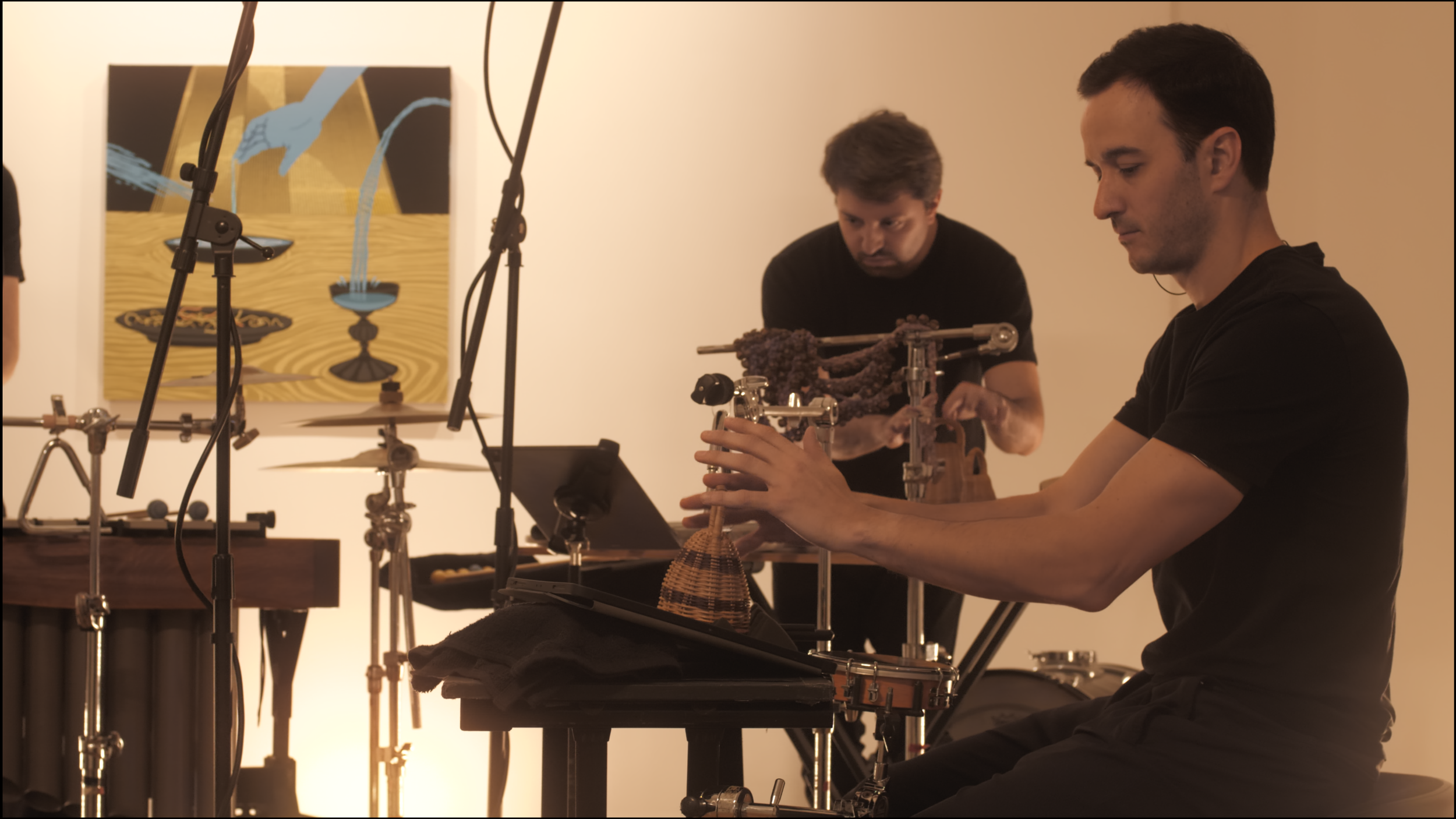
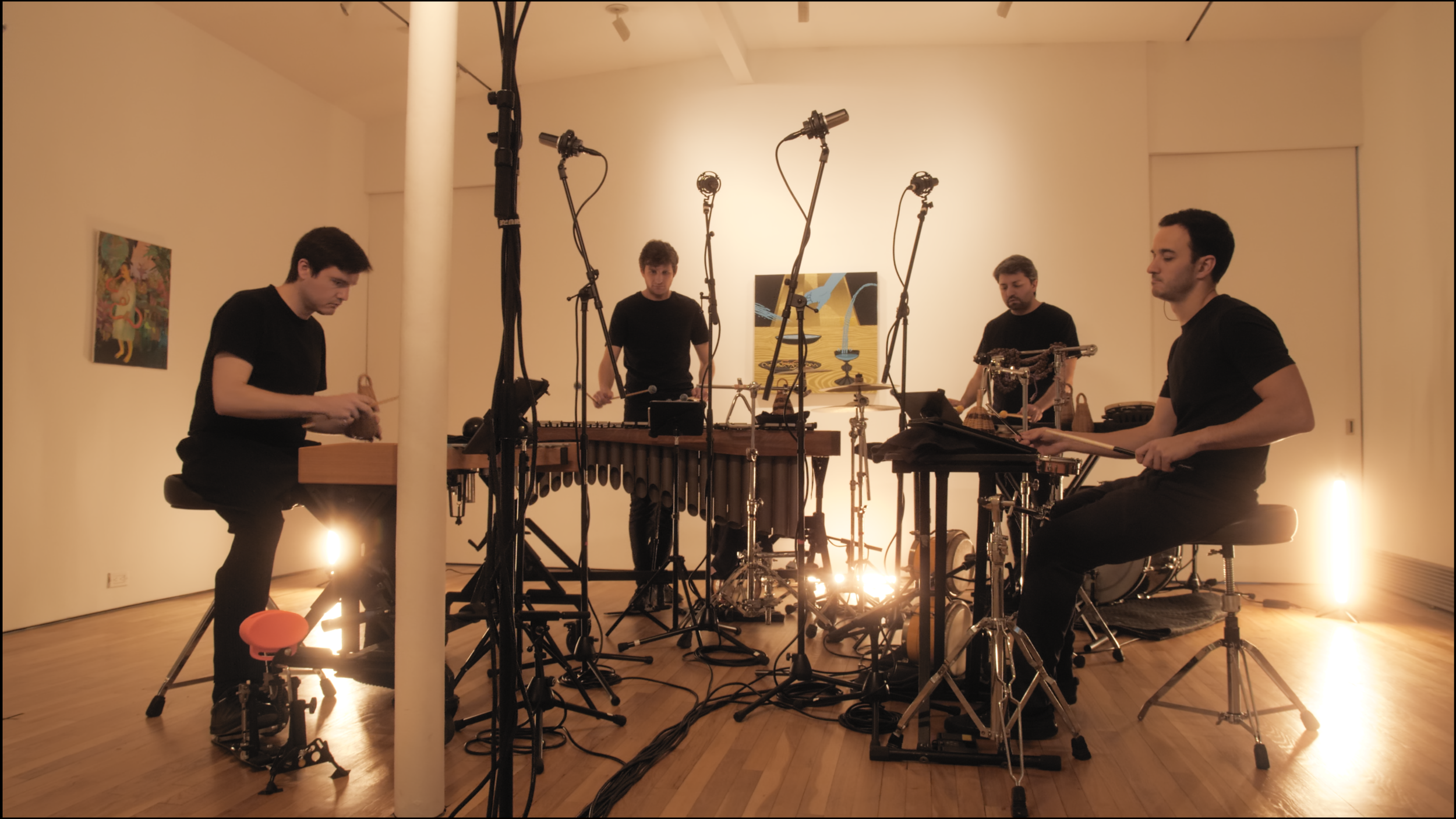
Listen to Loud and Soft
The audio version of Molly Joyce’s percussion quartet is available on all streaming platforms, including Spotify, Apple Music, Amazon Music, Tidal, BandCamp, SoundCloud, and YouTube.Project Credits
Loud and Soft is a 2022–24 Metropolis Ensemble production with Molly Joyce, Andrew Cyr, and Sandbox Percussion; filmed by Kenneth Swartout and Joshua Weinfeld from Continuous Motion Productions; mixed by Mike Tierney.
Loud and Soft is commissioned by Sandbox Percussion and New Music USA, with support from New Music USA's Creator Development Fund and Metropolis Ensemble. Recorded at Metropolis Ensemble’s event space, One Rivington / Candice Madey Gallery.
Web presentation developed by Andrew Cyr, Armistead Booker, Metropolis Ensemble, Continuous Motion Productions, Molly Joyce, Sandbox Percussion, Stefan Sunandan Honisch, and Andy Slater.

